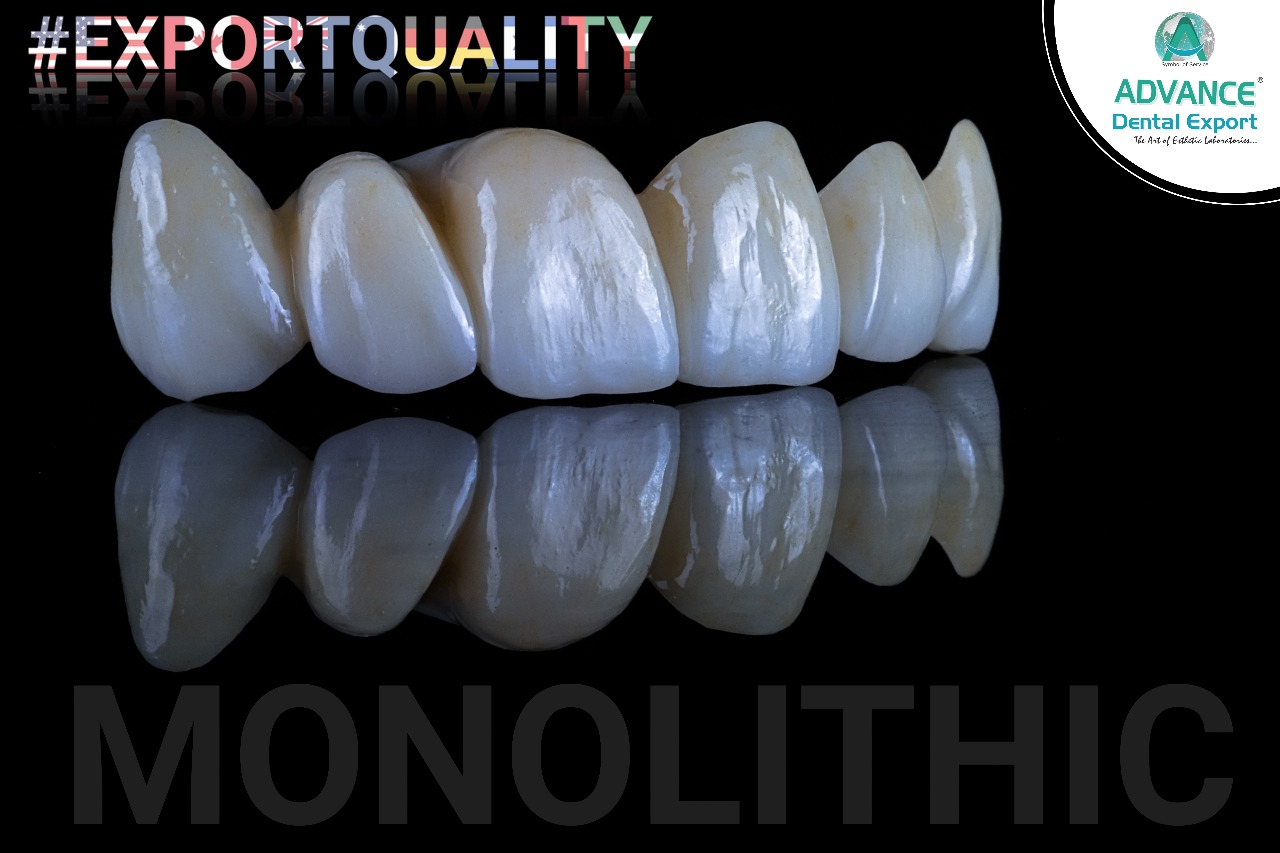If you’re dealing with a damaged, decayed, or weakened tooth, your dentist may recommend a dental crown. A dental crown is a popular restorative solution that strengthens the tooth and restores its shape, size, and appearance. In this guide, we break down the dental crown process step by step and explain how you can prepare for the procedure to ensure the best outcome.
What Is a Dental Crown?
A dental crown, also known as a tooth cap, is a custom-made covering placed over a tooth. It can be made from a variety of materials, including porcelain, ceramic, metal, or a combination. Crowns are used to:
- Protect a weak or cracked tooth
- Restore a broken or severely worn-down tooth
- Cover and support a tooth with a large filling
- Hold a dental bridge in place
- Cover a dental implant
- Improve the appearance of discolored or misshaped teeth
Step-by-Step: The Dental Crown Procedure
The dental crown process typically involves two visits to the dentist, though some modern practices offer same-day crowns. Here’s what to expect:
1. Initial Examination and Consultation
During your first appointment, your dentist will examine the affected tooth using X-rays to assess the extent of damage or decay. If the tooth is too damaged, a root canal may be needed before placing a crown.
2. Tooth Preparation
Once your tooth is ready, your dentist will numb the area with a local anesthetic and begin shaping the tooth. This step involves removing a portion of the enamel to make room for the crown. If there is significant tooth loss, your dentist may use a filling material to build up the tooth structure.
3. Taking Impressions
Next, your dentist will take an impression of your tooth using dental putty or digital scanning. This mold is used to create a custom crown that fits perfectly over your prepared tooth. You’ll receive a temporary crown to protect your tooth while the permanent one is being made.
4. Permanent Crown Placement
After 1–2 weeks, your permanent crown will be ready. You’ll return to the dentist, who will remove the temporary crown and fit the permanent one. The dentist checks the fit, bite, and color before cementing the crown in place with a strong dental adhesive.
How to Prepare for a Dental Crown
Preparation is key to ensuring a smooth dental crown procedure. Here are a few tips to help you get ready:
- Discuss your options: Talk to your dentist about the types of crown materials and their pros and cons. Porcelain crowns are natural-looking, while metal crowns are more durable.
- Plan for two visits: Make sure to schedule both appointments, especially if you’re getting a traditional crown.
- Maintain good oral hygiene: Brush and floss regularly before and after your procedure to reduce the risk of infection.
- Follow your dentist’s instructions: After the initial visit, take care of the temporary crown by avoiding sticky or hard foods, and be gentle when brushing.
Aftercare and Longevity of Dental Crowns
Dental crowns can last 10 to 15 years or longer with proper care. Here are some tips to maintain your crown:
- Brush your teeth at least twice a day and floss daily
- Use a non-abrasive toothpaste to avoid damaging the crown’s surface
- Avoid chewing hard objects like ice or pens
- Visit your dentist regularly for cleanings and checkups
- If you grind your teeth, consider using a night guard to protect the crown
Conclusion
The dental crown procedure is a reliable way to restore a damaged tooth and enhance your smile. By understanding each step of the process and preparing properly, you can ensure a successful outcome. Whether you’re getting a crown for functional or cosmetic reasons, talk to your dentist about your options and maintain good oral hygiene for long-lasting results.
Need a dental crown? Book a consultation with your local dentist today and take the first step toward a healthier, stronger smile.
